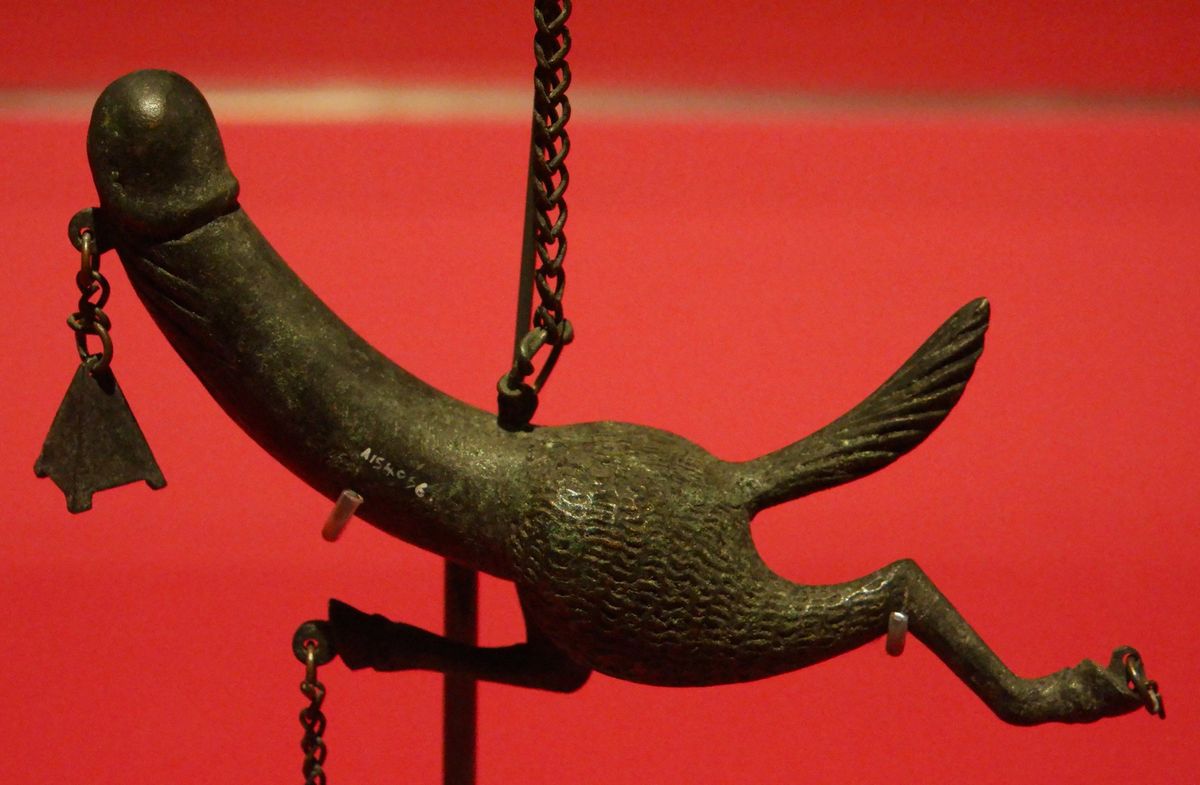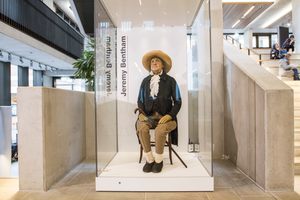About
Born in Wisconsin in 1853 (five years after the state had been incorporated in the Union), Henry Wellcome studied medicine first hand at a young age, helping his uncle.
At 17, he apprenticed at a pharmaceutical company, and in 1880 he moved to London, to start his own pharmaceutical company with his friend, Silas Burroughs. Among other notable accomplishments, Wellcome & Burroughs patented the first pill in 1884. Their business flourished, and the rest is history... or rather, the rest is an incredible collection of objects and books that are now available to the public.
Because he lived so close to the Sioux Nation, Wellcome became interested in the past before he acquired the wealth to fund his collection. He traveled the world collecting materia medica. As his wife once said, "Ever since our marriage, the greater part of our time has been spent, as he well knows, in places I detested, collecting curios…"
In 1913, he opened the History Medical Museum which featured his collection to date. Along with materia medica and complex chemical instruments, the museum exhibited a recreated barber-surgeon workshop from the 1500s and a display of torture instruments used on the insane. By 1932, the collection had to be moved to a larger space.
Over time, the Wellcome Collection & Library expanded in scope and mission. The Library and its images aid thousands of academics a year in their medical research, and the collection is open to the public, free of charge, to learn about the history of medicine and what it means to be human. In a permanent exhibit about Henry Wellcome called "Medicine Man," objects "range from diagnostic dolls to Japanese sex aids, and from Napoleon's toothbrush to George III's hair."
The Collection also regularly hosts talks on a variety of scientific and medical topics.
Related Tags
Know Before You Go
You can obtain free tickets from the website or gain access on arrival if there is availability.
Published
April 28, 2010


















































